Today I want to start the lengthy process of answering one of the questions I see most: “how do I build an art community?” We’ll start by talking about a general framework for community, and then get more specific in a later article. What you may not realize is that you’re already part of a community. Because you want to be an artist, your community is your “art” community – life and art are too inextricable for it to be otherwise. Perhaps more important than “building” an art community, then, is refining the community you’re in.
If you’re reading this, odds are you’re a human. Humans are social creatures, and because of that we’re highly impressionable. All day long, your mind is taking in little cues and signals that tell it how to think, feel, and behave. You might think you’re pretty good at avoiding outside influences – you’re an artist, after all! You go your own way and make your own choices! But science says “no;” in fact, the choice to become an artist and the attitudes of individuality and self-expression you harbor are themselves the product of psychological collaboration with the outside world over the course of time, in one way or another. The people and ideas in that outside world that you value most and whom you spend the most time with: they are your community. There’s you, there’s your community, and the two of you affect one another. This is the natural way.
We each have to accept that the art journey we’re on will involve the ideas and input of other people. You’re reading this right now, aren’t you? In doing so, you’re opening yourself to my voice, and it will have some level of effect on you. You’re making me a small part of your community – even briefly. Every voice has the power to affect us, but some much more so than others. For our purposes here, let’s say there’s two types of voices in our communities.
Chimps
The first type of voice I’d like to discuss was best summed up for me by Naval Ravikant, on page 548 of Tim Ferriss’s Tools of Titans:
“There’s a theory that I call ‘the five chimps theory.’ In zoology, you can predict the mood and behavior patterns of any chimp by which five chimps they hang out with the most. Choose your five chimps carefully.”
This is such a pared-down, effective framework for thinking about the major voices in our personal communities! Each significant voice can be thought of as one of our “chimps.” There are other voices that may influence us a little bit, but these chimps are the biggies, and play a disproportionate role in making us who we are. These are the people we spend the most time with, have the most trust in, and value as peers, confidants, and role models. In childhood this group was likely composed of parents, friends, and schoolteachers, but as we grow up and (in this case) try to become professional artists, we more and more elevate working professionals, art school instructors, and other aspirants into these roles.
The power of psychological signals from your chimps is that they’re subtle. They sneak in under the radar of the conscious mind as “trusted” information, and establish themselves as frameworks for experiencing and evaluating reality (often simultaneously). This is a very good thing if your chimps are the kinds of chimps you want to be like: teachers you respect, professionals you admire, and people who act in ways that are positive and uplifting for you.
Essentially it’s something like the transitive property at work. If you value your teacher and your teacher values a certain body of principles about, say, composition, you will automatically come to value those same principles of composition as you attempt to improve and become more like the teacher. Inside your life this is such an obvious win-win that you don’t even stop to question it: you and your teacher both develop your ideas about composition by working together on them, and the body of knowledge, as well as the two of you, move forward. This sort of shared understanding drives groups of humans to prosper together if the ideas and values they share are positive.
Unfortunately, this type of social and mental entwining can also drive groups of humans to suffer and flounder together – again, without any participation by the conscious mind. If you value your friend and your friend is an overwhelmingly anxious and depressed person stuck in an art rut, you will increasingly become that way as well – even if you recognize the situation and consciously consider those to be negative and/or undesirable frameworks.
It’s like gravity: each chimp is both pulling and being pulled by the other chimps in their solar system. In addition to being able to affect us positively and negatively, some chimp groups can lead to neutral states. If you’re under the influence of one or two really positive chimps, but also one or two really hurtful chimps whose ideas totally oppose the ideas of the “good” chimps, you’re going to end up going nowhere fast. Even more confoundingly, you can be around all positive chimps and still barely make any headway. This happens when they all have good ideas that go in different directions. This means we’re going to have to make some pretty serious choices about which chimps we’ll hang out with.
Remember: whatever your chimps do, feel, or think, you are more likely to do, feel, and think as well. In this way, basically all ideas, feelings, and logical frameworks are communicable diseases. I wouldn’t consider it an overstatement to claim that your five chimps largely constitute the reality you will experience. Just let that sink in for a second. Seriously, these chimps are a BFD. Now put a pin in that for one second.
Gnats
Remember how I said there were two types of voices in your community? Chimps are the big, constant voices that we value, and by far the most important for affecting change in us as we try to develop. We should choose our chimps, and not let just anything or anyone be a chimp. We should pick good chimps because a good group of chimps will take us places. But what’s the other type of voice?
The little voices we expose ourselves to – stray articles, random YouTube tutorial videos, an Instagram feed choked with artists we barely care about who are “good” and/or “popular” but not exactly our cup of tea, and even unimportant acquaintances we see for coffee or bump into at conventions – these aren’t chimps. Typically, these are more like a swarm of gnats buzzing around biting your chimps, detracting from their efficacy.
It might seem radical to suggest that any stream of valid information could be a detriment to your learning. And of course, I can’t say: “across the board, YouTube tutorials (or any of the other examples of common gnats I’ve just given) are bad.” For some people they will really value the advice of one artist who posts a YouTube tutorial video every day, and this voice will be elevated all the way to the level of “chimp.” In the era of the internet, this is more and more common – and totally OK as long as we understand the tradeoffs we’re making (more on that next time).
No, it isn’t for me to say what should be a chimp and what should be a gnat – that’s a highly personal matter for each of us, and totally dependent on where we’re each trying to get. What I am trying to say is that if you want to get where you’re trying to go, you need to make these distinctions for yourself. The reason to label some things “chimps” and some things “gnats” for yourself is so that as information comes in, you know how to parse that information, and assign the proper value to it.
If you are working with a teacher to learn about painting, and you have chosen that teacher carefully (they’re a chimp), you should hold what they say about painting to be sacrosanct. If you hear advice on the internet or from another individual that contradicts what they tell you in a way you can’t understand, then really you should just throw out the contradictory information. Seriously! Don’t waste a single second trying to reconcile the two. That way lies madness. There are a lot of ways you can “get there,” but you need to be committed to a single way. The advice of your teacher, and the influence of your chimps, should be allowed and encouraged to hold a thousand times the weight with you of anything that comes from a gnat – maybe more. We need to be clear with ourselves about what’s a chimp, and what isn’t.
Why are Gnats so Dangerous?
To my mind, gnats present four clear dangers:
1) The gnats can confuse and counter the voices of the chimps.
What I see pretty consistently in students and aspiring illustrators is that their channels for absorbing information are so choked that nothing can get in. It’s like the swarm of gnats has literally swallowed the chimps. When this happens the mind can no longer tell which signals to value most.
See, the mind is smart, but it’s also dumb. It can take in tons of information without your conscious participation or awareness, and it can process that information into mental models and solutions for the problems you’re facing – this is the power that you channel positively when you’re around a good group of chimps. But the mind can only work with what it’s given. It looks at the environment it’s in, and makes valuation choices based on that data. What I’m saying is this: if you spend 1 hour scrolling through Instagram each day, and 1 hour with your teacher each week, and you don’t keep in mind which of those things should have WAY more weight to you than the other, you can unintentionally be train-wrecking your progress.
2) The gnats can supplant the chimps.
In extreme situations, the swarms of gnats start to look vaguely chimp-like, and are mistaken for chimps! This might happen if, for instance, you spend enough time on ArtStation browsing through the front page every day to accidentally get convinced that plastic-skinned women with huge breasts are what you should be painting if you want to be a working illustrator. Even if you perfect this form of art, you’ll end up on the front page of ArtStation, not hired to paint book covers. Know the difference.
3) We spend so much time swatting at gnats, we forget to be an artist.
Let’s not forget that to become an artist – to be an artist – you need to spend time making art! It’s easy to convince ourselves that this coffee date or that Twitter thread are really worth our time, when in fact they’re contributing little, and effectively acting as methods of procrastination – keeping you from being an artist! Refuse to fritter away your time on the trivial.
4) The gnats present a huge opportunity cost.
Because gnats simply aren’t chimps, every second we spend attending to them comes with an added cost: we aren’t engaging with our chosen chimps, and with the chimp thoughts we want to be entertaining. The mind needs to spend a lot of time immersed in a body of thought to accept it; the mind needs to believe in the body of thought. It needs to feel that this is absolutely the way. This belief is the secret to unlocking the mind, making it pliable, and getting it moving in a direction. We need to practice while thinking in the way our teacher or our chimps suggest, without distraction, dissent, or confusion. Gnats block us from this type of deep immersion.
In Summary
So there’s you (trying to be an artist), there’s your chimps (either helping or hurting you in a big way), and there’s your gnats (generally buzzing about, making that “eeeeeeee” noise and confusing the hell out of everything), all hanging out together. This is what your progress – your life – will be made of. This is the psychological biome of your mind. If we accept this model of community, what exactly can we do with it?
For today, I think introducing this framework has been enough. In my next article, I’ll offer some concrete thoughts on how we can harness this framework to our advantage, specifically by doing two things. First, exactly as Naval suggests, we can choose our chimps carefully. Second, we can try and swat the gnats.


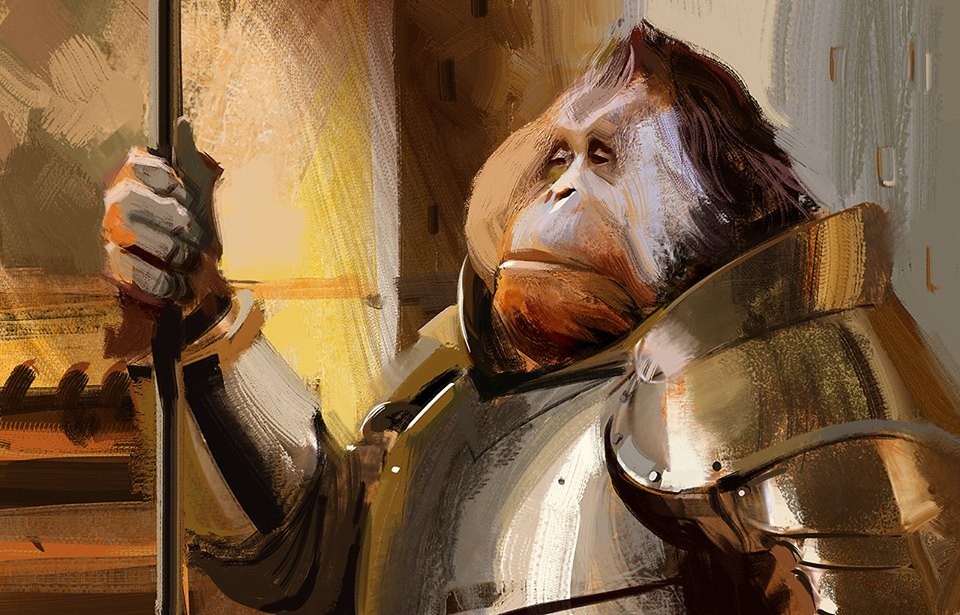


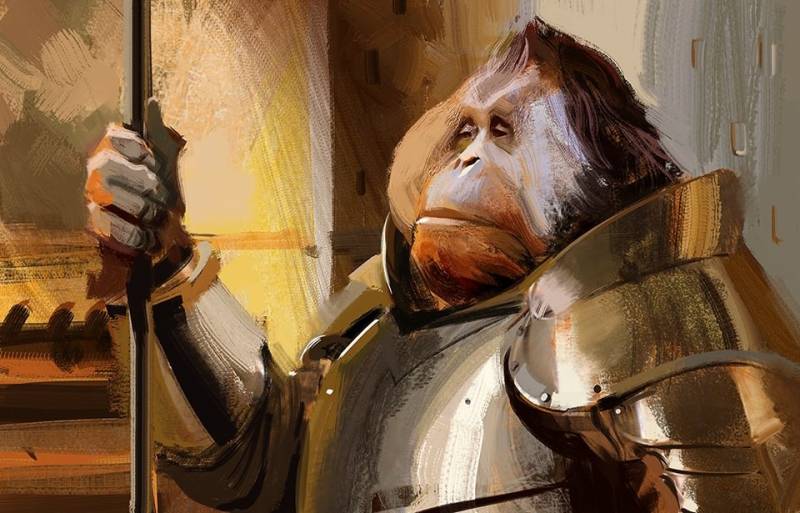
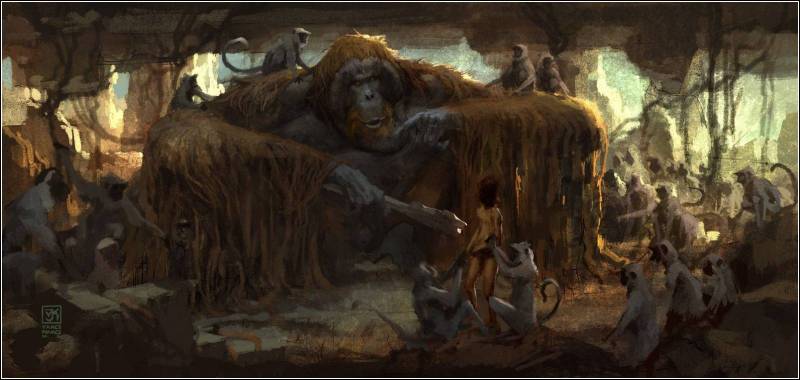



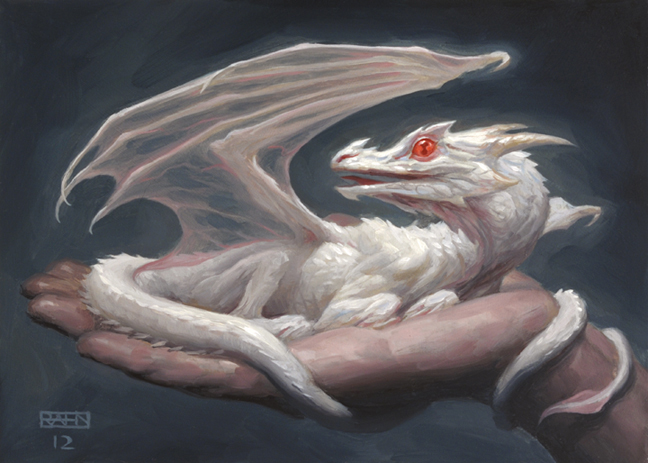
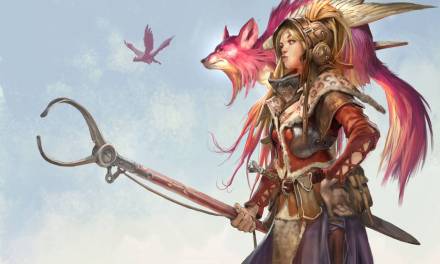
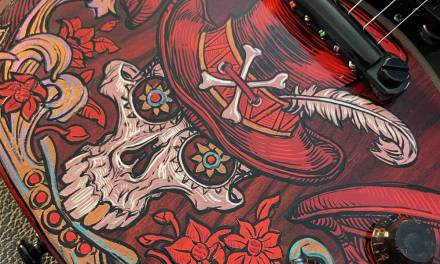
Thanks for sharing 🙂
What’s funny is I was just asking myself some of these questions. Thanks for providing some answers.
Excellent article.
Came for the chimps, swatted at the gnats.
Wonderful article! This is definitely why the people I hang out with the most are people that I respect and find inspiring. Even the ones that aren’t artists, we understand one another’s goals and do our best to support each other.
Also, “basically all ideas, feelings, and logical frameworks are communicable diseases.” might be my new favorite quote.
Congrats! You’ve won a FREE VIDEO. Check your email for details.
Thanks! great post
Don’t chimps come with gnats….? Asking for a friend. But a great read. As always helpful (well illustrated) post.
Many do! But some don’t, and these are the types we really want. I’ll make sure and address this question in Part 2, but for now I’ll say that FOMO often leads to the assumption (usually unconsciously) that certain gnats are necessary, when nothing could be further from the truth.
Great article, thank you so much!
Always love your posts! Great information!
Keep those great articles coming!
,David Vargo
Thanks for doing this! Drawing convincing apes is a big challenge!
I am trying to imagine a gnat that sort-of looks like a chimp now… it is a frightening prospect
That was fascinating. Thank you. I love this site.
OMG John J. Park is stunning! Great article, tommy.
Yep, he’s rad! And thanks 🙂
Those are some amazing paintings! Also thanks for the info 🙂
It’s a tough road when it seems you’re surrounded by gnats and can’t find any chimps.
I feel this way even now, and a lot of us do and/or have. I’ll make sure and address it in Part 2! Briefly, though: I think it’s better to be one chimp with no gnats, than one chimp with a hundred gnats. If you’ve got a hundred gnats, which chimp is gonna see that from across the way and be like: “He looks cool; Imma hang out with him.” Sometimes we have to go through the fear of being truly alone to find our group.
Wow I never thought of it that way. I do feel there is a hardening of my resolve and an enjoyable pioneer spirit that comes from working alone for a time. I guess try to enjoy any road you’re on as long as you’re moving!
This article came at the right time in my life, thank you for this!
Muddy Colors and his artists are one of my chimps, and I always come here when in doubt 🙂
Feeling like you Aaron, actually my chimps are mainly people who don’t know me, so I’m feeling lonely. But it feels good when I read insightful words from my chimps, and forgot about all those gnats!
Wise words Tommy, thinking this way makes me less afraid to feel alone. I can’t wait to read more about this topic!
I loved this article!
I’ve found a treasure chest of chimps inside MuddyColors 🙂
This is such an important read for anyone participating in or building a creative community. Let’s all strive to be ‘chimps’ – sharing, supporting, and building each other up. The art world needs more positivity and less negativity!
Fascinating concept! It perfectly describes the dynamics I’ve observed. I’m really looking forward to Part 2 to learn more about the practical strategies for nurturing the ‘chimps’ and managing the ‘gnats’ more effectively. Bring it on!
대전출장마사지로 쉽고 간편하게 집에서 경험해볼 수 있습니다.